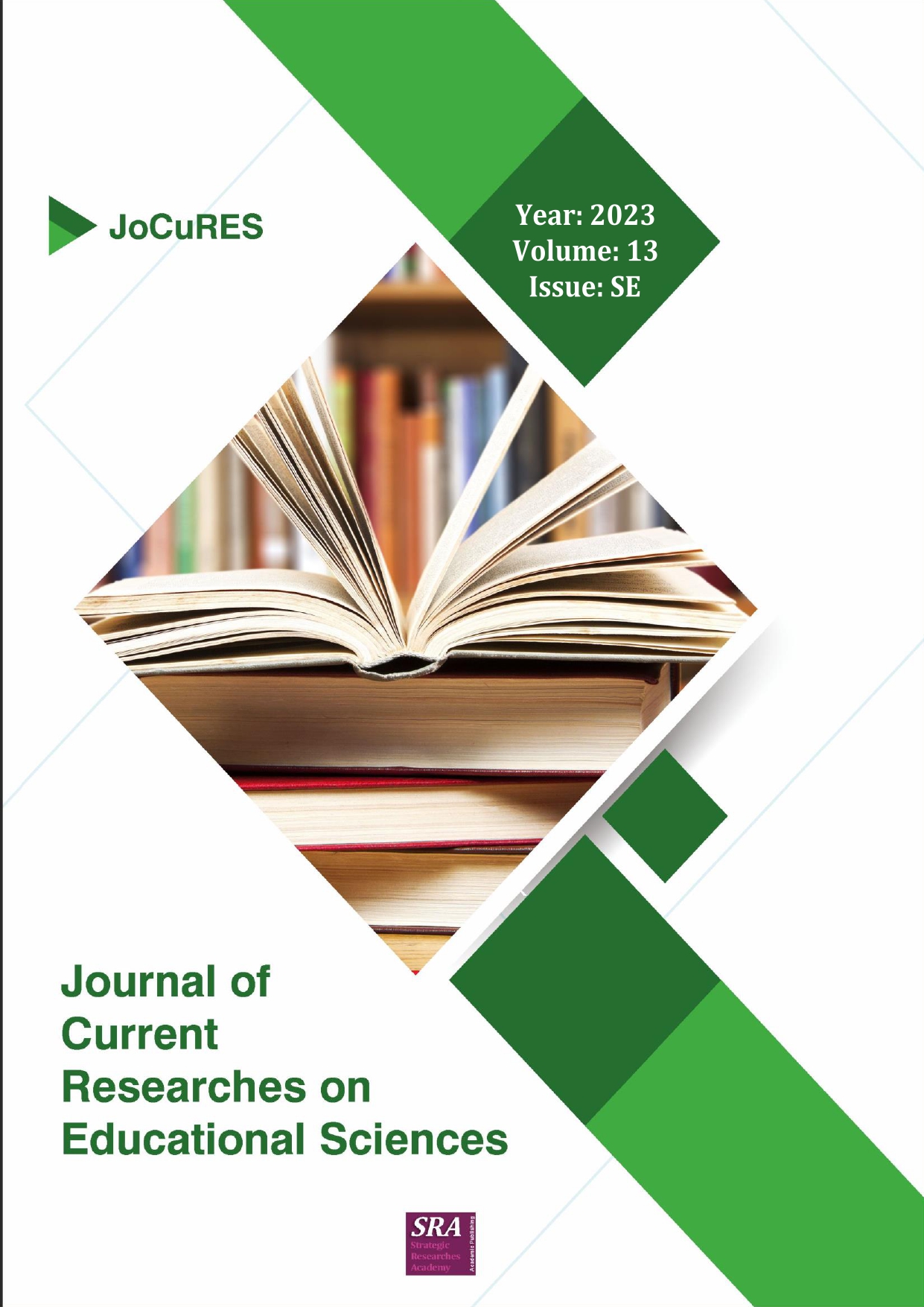The effectiveness of flipped learning in providing the fifth preparatory students with grammarian concepts and improving their cognitive motivation
Keywords:
flipped learning, Grammarian concepts, Cognitive motivationAbstract
This research aims to identify the effectiveness of flipped learning in providing fifth grade literary students with grammatical concepts and developing their cognitive defense. The researcher adopted the experimental method with experimental method with a two-factor experimental design (2x2), and the research sample consisted of (102) male and female students from the fifth literary grade, who were intentionally selected from the two preparatory schools (Al-Tahrir for Girls and Central for Boys) in the city of Baquba for the academic year 2021/2022, then the researcher divided it. The stratified random method divided into four equal groups in a number of variables (age , degree of Arabic language , pre-motivation test) , two of which were experimental, which studied the material according to the reversed learning strategy, and two control groups, which studied the material according to the usual method. In order to achieve the goal of the research and test its hypotheses, the researcher prepared a conceptual test, in its final form, of (27) items, including to measure the elements of the concept in (definition, distinction, and application). It was prepared by the researcher (Taqi, 2011), consisting of (36) paragraphs with three alternatives. The researcher also verified its validity, stability, and psychometric characteristics. After that, the experiment was applied, starting on Wednesday, 1/11/2021, by assigning a teacher and subject teacher in both preparatory schools to According to the teaching plans prepared for her, and after the end of the experiment, the researcher applied the two tools (grammatical concepts test, cognitive motivation test) on Monday and Tuesday 3 and 4/1/2022, respectively, then she analyzed the data statistically using the Kuder- Richardson-20 equation to extract Stability and two-way factor test. The results indicated : 1. There is a statistically significant difference at the level (0,05) between the four groups averages according to the method variable and in favor of the two experimental groups. 2. There are no statistically significant differences between the averages of cognitive motivation development among the four groups due to the variable of method, gender, and the interaction between them. 3. There are no statistically significant differences among the four research groups due to the variable averages of cognitive motivation development, gendeaned the item .


